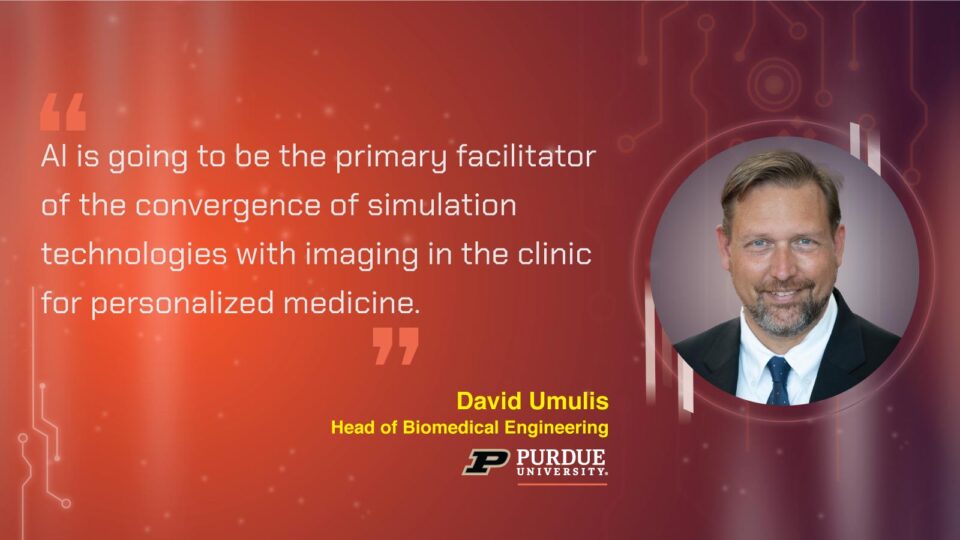AiThority Interview with David Umulis, Head of Biomedical Engineering at Purdue University
Dr. David Umulis
09.08.22
Source: AIThority

Hi David, welcome to AIThority Interview Series. Please tell us about your journey in the biomedical engineering industry?
Hi Sudipto. I’ve always had an interest in computers. As a child of the 80s and 90s, I witnessed an incredible transformation of technology and spent a lot of time trying to optimize config.sys, autoexec.bat, IRQ and COMM settings to access games and CAD software to run on high school computers. This triggered a nascent interest in coding, modeling, and optimization, which evolved into my research interests at the interface of developmental biology, engineering, and medicine. I pursued a degree in chemical engineering, which served as a natural gateway into more sophisticated computational modeling by simulating embryo development and integrating image data to determine how encoded genetic information is processed to give rise to patterns and the structure and function of a living organism. Many diseases are related to dysfunction of these complex developmental pathways, and with this large complexity the best way to discover how these systems worked was through the convergence of compute/imaging/genetics… and now AI.
Please tell us about EMBRIO project and what kind of backing has it acquired from the NSF and Purdue University?
The EMBRIO Institute project focuses on signal integration at the cellular and tissue levels. When cells or tissues are damaged or attacked by a pathogen or environmental factor, many signals are generated that need to be processed by the cells to respond to what is happening. If you poke the skin on your hand, you feel it,-and cells sense it. They also sense chemicals, heat, and other environmental factors. They combine the information from multiple sensors and respond to it by mounting a defensive response or increasing the structural integrity of the cell. Cells also tell their neighbors to mount a collective response through the signaling networks. This behavior underpins cellular defense and wound repair. The Institute focuses on how the signals are generated and integrated to mount the response. To address this, we need the most advanced technologies, both in biology and genetics, as well as on the data and simulation sides. AI plays a big role in this project. It provides the pragmatic tools to process our massive imaging data sets as it converts the data into information through the identification of cellular structures and physiological signals. AI is also used to speed up our simulations many times over. It allows a greater scale of convergence between the experimental and computational tools and supports the integration of engineering tools into biological discovery. The NSF Bio Integration Institutes (BII) program provides the primary support for the EMBRIO Institute that spans six universities. Purdue has also strongly supported the effort through acquisition of new imaging technologies, new facilities for the institute researchers, and supercomputing support through the Rosen Center for Advanced Computing.

